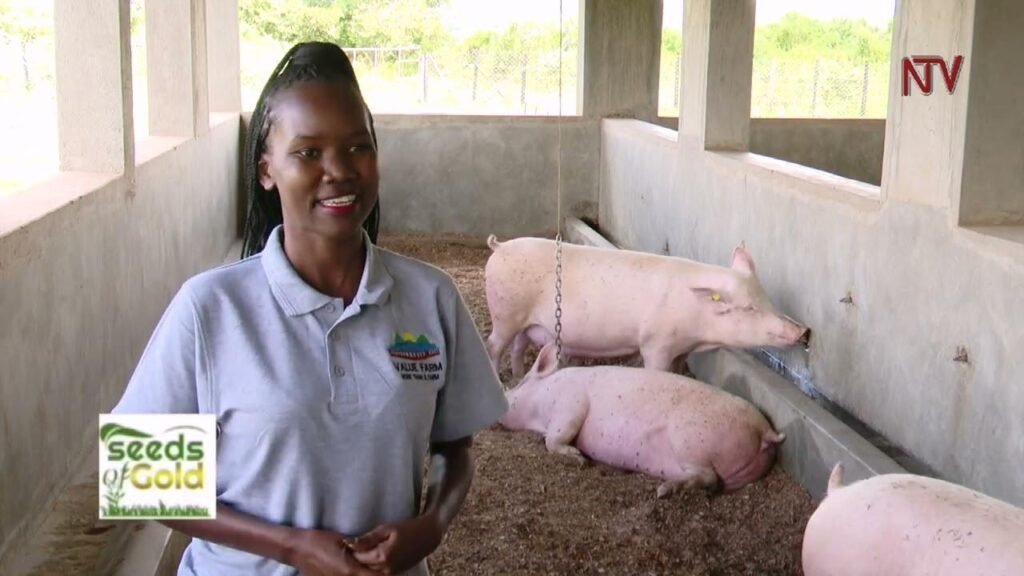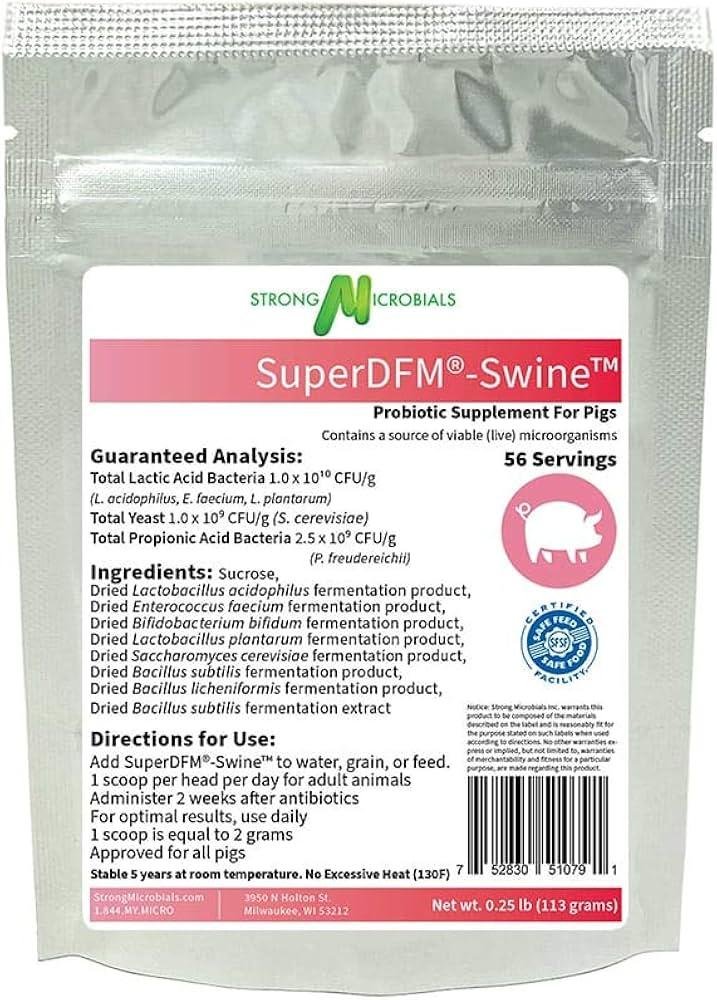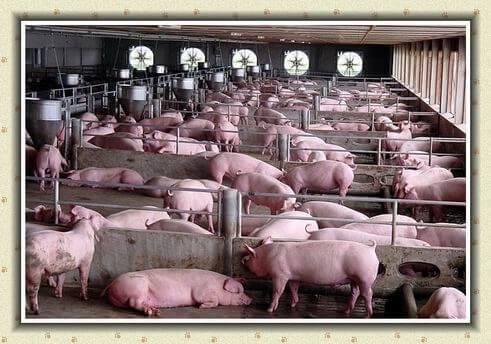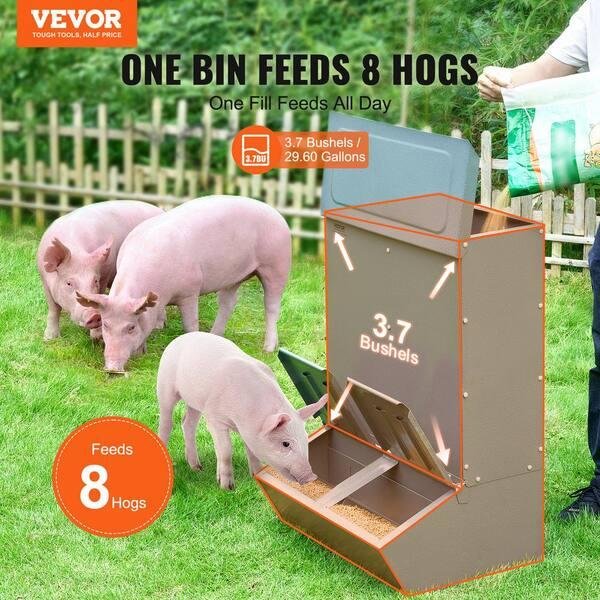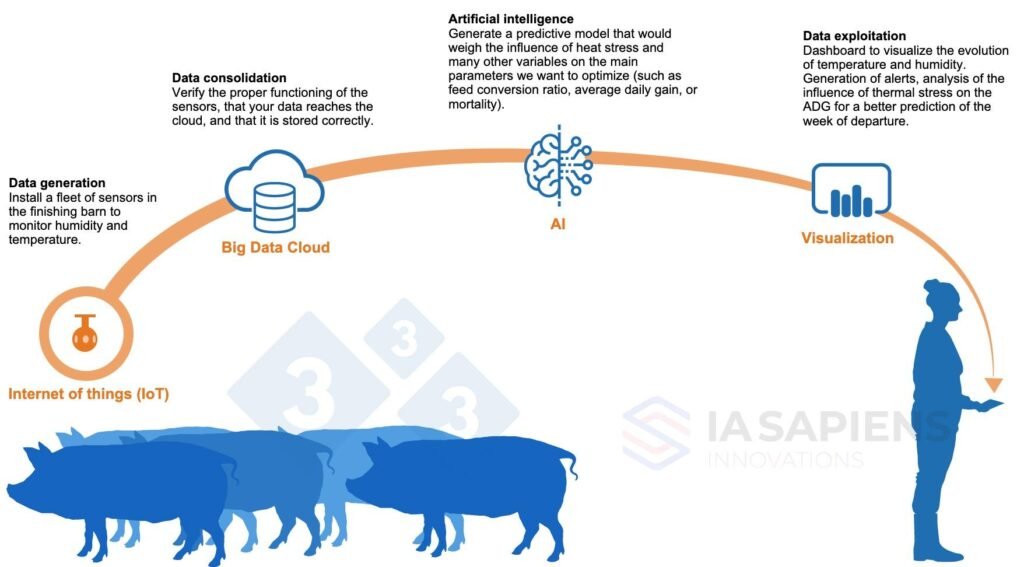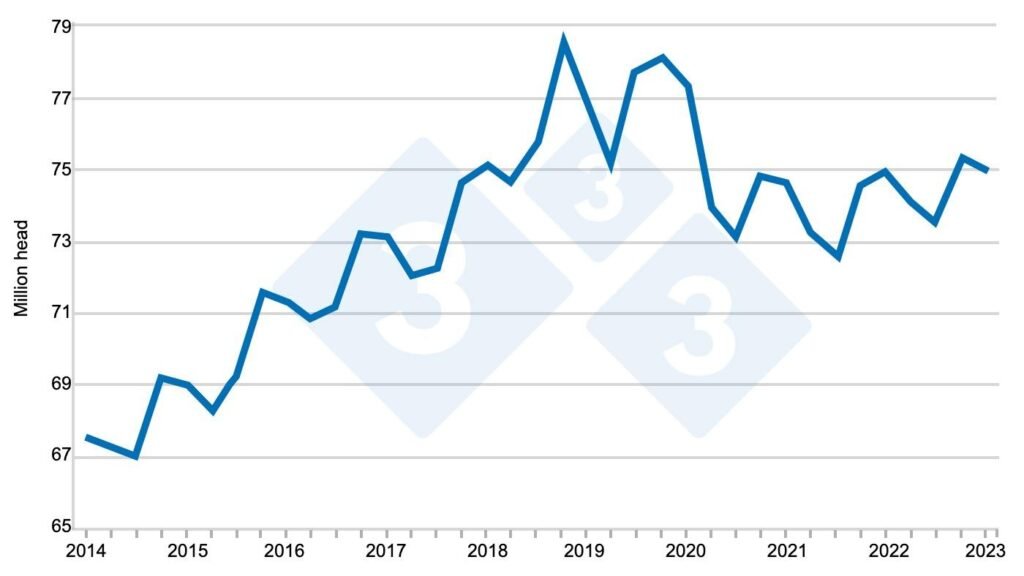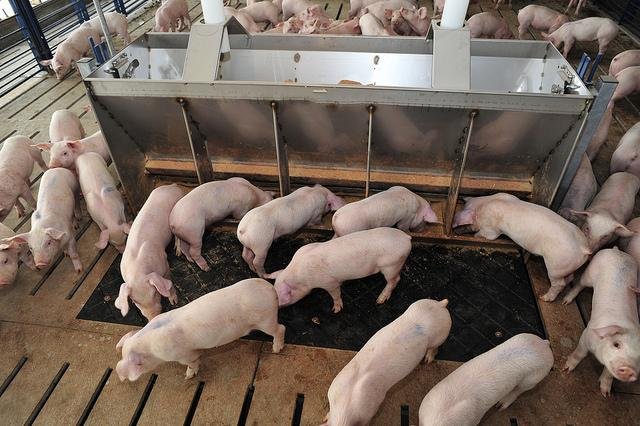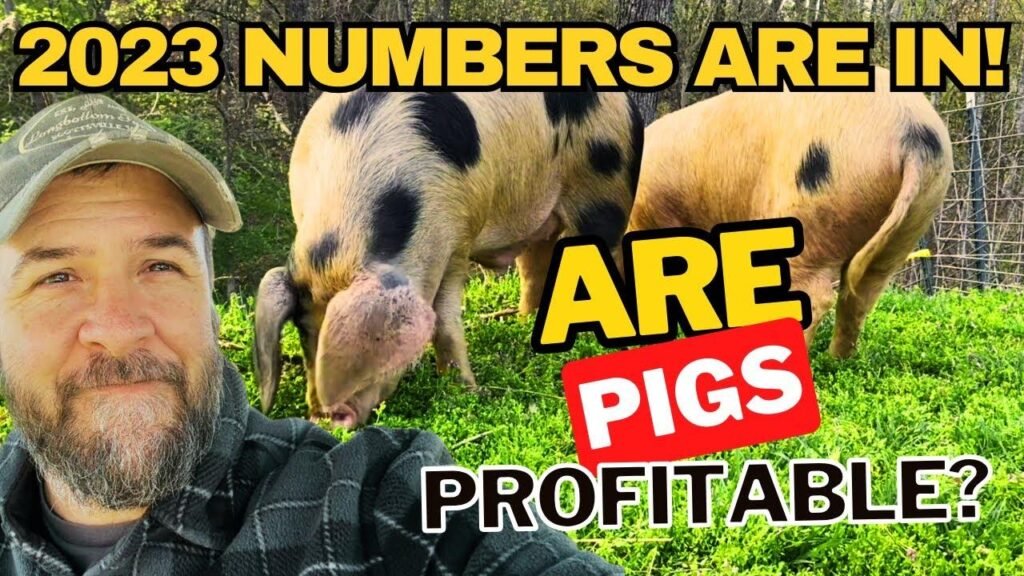Pig farming in 2025 is navigating a labyrinth far removed from the straightforward paths forecasted five years ago. Productivity numbers shimmer with optimism yet are hemmed in by nuance and contradiction. Slight gains in efficiency do not always translate into prosperity for those tending animals.
Market projections hint at improvement—USDA anticipates a 2.7% uptick in pork production along with an estimated 4% increase in hog prices for the year. This sounds encouraging at first glance; still, beneath these figures, an intricate tapestry of challenges emerges, seldom discussed outside industry conference rooms or behind farm gates.
Industry observers note how breeding herd sizes have seen a swift decline over recent intervals, surprising many who expected expansion to match rising market demand. Paradoxically, even as sow herds contract, the number of pigs weaned per litter has grown—a phenomenon attributed to better animal husbandry techniques and technological integration across farms. The result: greater output from fewer inputs yet also volatility as losses concentrate more intensely during disease outbreaks or trade slowdowns.
Demand curves within domestic markets meander unpredictably. While retailers and foodservice operators signal increased interest in high-protein diets that favor pork’s nutritional profile, consumer wallets remain just as easily seduced by substitutes when price fluctuations unsettle purchasing habits. Pork’s taste and value continue to be promoted vigorously via marketing campaigns focused on its freshness—sometimes accompanied by culinary nostrums such as “the other white meat”—but sustaining momentum proves difficult amid economic headwinds or sudden shifts in consumer sentiment.
Trade Winds Unpredictable
Trade remains a crucial aspect shaping the landscape of pig farming this year. New agreements open doors for export but often too slowly to mitigate shocks from geopolitical tensions simmering elsewhere on the globe. With talk swirling about potential tariffs or regulatory barriers cropping up like mushrooms after rain—occasionally fading when international relations warm—the business calculus is no less fraught than before.
Establishing new markets isn’t simply an exercise based on supply capacity; it involves nimble adaptation to evolving veterinary standards abroad while maintaining compliance with domestic traceability rules that sometimes duplicate efforts already achieved at home.
Surprisingly perhaps, despite higher overall hog production late last year boosting average profitability margins into positive territory for some producers, others remain mired amidst slim returns due largely to regional transportation costs that spiked unexpectedly following infrastructure disruptions not directly related (at least initially) to agricultural policy changes.
Health Technologies Enter Center Stage
Technology’s role has become unmissable—not merely through large-scale data management but through precision tools unimaginable during previous decades’ barn meetings back during milder springs.
Precision livestock farming (PLF), harnessing sensors plus data analytics (and yes, AI software), allows health issues within herds to be noticed long before gross symptoms appear plainly visible—even softly illuminated LED collars blinking rhythms veterinarians now decipher almost instinctively. Such real-time monitoring does help curtail mortality rates across barns while advancing welfare metrics believed critical by auditors tasked with ensuring responsible practices.
Yet not every operation reaps immediate dividends from adopting these paradigms; costs associated with sensor arrays sometimes outpace initial returns if setups malfunction under certain mineral-rich climate conditions—a reminder technology can serve best only when paired thoughtfully with traditional observational skills honed over seasons spent listening inside dim stalls.
Welfare expectations ride tandem alongside these technical trends: legislative proposals aim at redefining gestation crate usage are debated animatedly among producers who feel squeezed between ethical demands overseas buyers assert loudly—and pragmatic local realities where tradition lingers stubbornly like smoke clinging after autumn brush burns.
Cognitive Momentum: An Ever-shifting Industry Pulse
There persists among older hands a belief—the kind you hear reminisced over coffee mugs etched deep brown—if disease management protocols worked reliably last season it follows they’ll endure unchanged next—but pathogens mutate just enough their patterns flip like coins tossed poorly.
Of course piglet survivability statistics showed improvement lately owing both PLF tech plus refinements in swine nutrition blends designed more granularly day-to-day rather than relying wholly upon prior harvests distinguished mainly by uniformity rather than adaptive range. Consider though how cultural references inflect daily routines: ‘It’s not all beer and skittles,’ one producer wryly remarked recently—a phrase falling slightly askew though underscoring hardships endured even when spreadsheets hinted otherwise.
Minor topic veer here—the global feed supply chain previously assumed robust faltered suddenly early this spring because logistical bottlenecks arose halfway around Earth unrelated directly yet impactful immediately downstream upon Midwest operations counting on timely soybean meal deliveries.
When evaluating output metrics such as number-borne pigs per 100 sows quarterly versus yearly aggregation tendencies surface ironically; aggregated annual performance doesn’t always align predictably given interquarter anomalies arising (sometimes healed mostly through creative cross-fostering tactics tried half-hopefully).
Looking forward maybe expansion won’t occur uniformly if market recovery arrives sooner than plant expansions can catch up; paradoxes coalesce anew each cycle without ceremony nor forewarning grandeur.
The world for pig farmers today resembles less an orderly mosaic than a jigsaw never found finished atop kitchen tables anywhere rural winds blow steady—and seldom does it assemble itself twice alike regardless what tomorrow portends.

